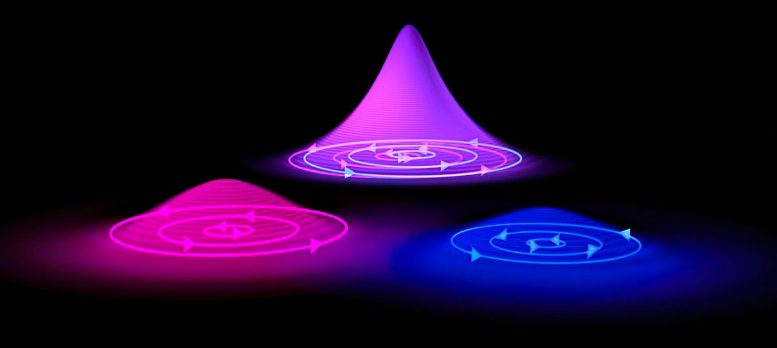
A new study by KTH Royal Institute of Technology and Stanford University revises of our understanding of quantum vortices in superconductors. Pictured, an artist’s depiction of quantum vortices. Credit: Greg Stewart, SLAC National Accelerator Laboratory
Researchers have redefined our understanding of quantum vortices in superconductors, showing that they can contain fractional quantum flux, contrary to previous theories. This breakthrough discovery, involving manipulating quantum vortices, opens up new potential applications in superconducting electronics and computing.
Within superconductors little tornadoes of electrons, known as quantum vortices, can occur which have important implications in superconducting applications such as quantum sensors. Now a new kind of superconducting vortex has been found, an international team of researchers reports.
Egor Babaev, professor at KTH Royal Institute of Technology in Stockholm, says the study revises the prevailing understanding of how electronic flow can occur in superconductors, based on work about quantum vortices that was recognized in the 2003 Nobel Prize award. The researchers at KTH, together with researchers from Stanford University, TD Lee Institute in Shanghai and AIST in Tsukuba, discovered that the magnetic flux produced by vortices in a superconductor can be divided up into a wider range of values than thought.
That represents a new insight into the fundamentals of superconductivity, and also potentially can be applied in superconducting electronics.
A vortex of magnetic flux happens when an external magnetic field is applied to a superconductor. The magnetic field penetrates the superconductor in the form of quantized magnetic flux tubes which form vortices. Babaev says that originally research held that quantum vortices pass through superconductors each carrying one quantum of magnetic flux. But arbitrary fractions of quantum flux were not a possibility entertained in earlier theories of superconductivity.
Using the Superconducting Quantum Interference Device (SQUID) at Stanford University Babaev’s co-authors, research scientist Yusuke Iguchi and Professor Kathryn A. Moler, showed at a microscopic level that quantum vortices can exist in a single electronic band. The team was able to create and move around these fractional quantum vortices, Moler says.
“Professor Babaev has been telling me for years that we could see something like this, but I didn’t believe it until Dr. Iguchi actually saw it and conducted a number of detailed checks,” she says.
The Stanford researchers found the initial observation of this phenomenon “so incredibly uncommon,” says Iguchi, that they repeated the experiment 75 times in at various locations and temperatures.
The work confirms a prediction Babaev published 20 years ago, which held that in certain kinds of crystals, one part of an electron population of a superconducting material can form a clockwise circulating vortex, while other electrons can form a counter-clockwise vortex simultaneously. “These combined quantum tornadoes can carry an arbitrary fraction of flux quantum,” he says.
“That revises of our understanding of quantum vortices in superconductors,” he says.
Moler affirmed that conclusion. “I have been looking at vortices in novel superconductors for over 25 years, and I have never seen this before,” she says.
Babaev says that the robustness of quantum vortices and the possibility to control them suggests that quantum vortices could potentially be used as information carriers in superconducting computers.
“The knowledge that we gain, the spectacular methods that were introduced by our colleagues Dr. Iguchi and Professor Moler at Stanford, may in a long run be potentially helpful for certain platforms for quantum computation,” Babaev says.
Reference: “Superconducting vortices carrying a temperature-dependent fraction of the flux quantum” by Yusuke Iguchi, Ruby A. Shi, Kunihiro Kihou, Chul-Ho Lee, Mats Barkman, Andrea L. Benfenati, Vadim Grinenko, Egor Babaev and Kathryn A. Moler, 1 June 2023, Science.
DOI: 10.1126/science.abp9979

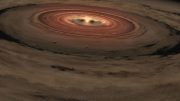
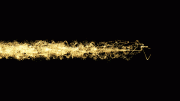
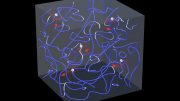
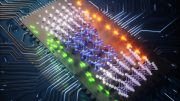


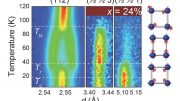

According to the topological vortex field theory,the interaction and balance between topological vortex fields, covering all long-distance and short-range contributions of space-time motion, and is the basis for the formation and evolution of cosmic matter. Quantum gravity and vortex are closely related to topological vortex gravitational fields. Mathematics is the language used by humans to write about the universe. Physics needs to fully understand the beauty and power of mathematics, there is no reason for human society to reject mathematical concepts as the fundamental structure that governs the physical world.
Under certain temperature decrease certain crystals channelise electrons in clockwise anticlocwise rotational configuration forming conical vortex forming a zero one boolean informations that may be shifted along Halls msgnetic field reversibility by quantising the spins. Thus the electron spin decides for superconductivity and forming semi conductor. This may also be possible using electric field reversibility. Any way an external application of either electric or magnetic field is essential with increase or decrease in temperature.
This may be part of orbital energy of electrons to produce comical quantization becomes overlapped at the point of losing super conductivity even during the penetration of quantized magneticfield making choss of spinning becoming directional changes between paralleland perpendicular leading to symmetry breaking dynamics due to unbalancing of msgnetic and electric field at critical junctures forming a diagonalised electron spins forming a matrics parallegrams in between real and imaginary planes. Thissldomenas certaing buckling torque produced at these juncture form produce superconductive effect by two layered buckling force transmitted from one later to another called superconductive reication Or printing a anology.
According to the topological vortex gravitational field theory, the change of symmetry is always the Symmetry-Readjusted, not the Symmetry-Broken. Perhaps one day, humans will truly understand the immense power of symmetry.